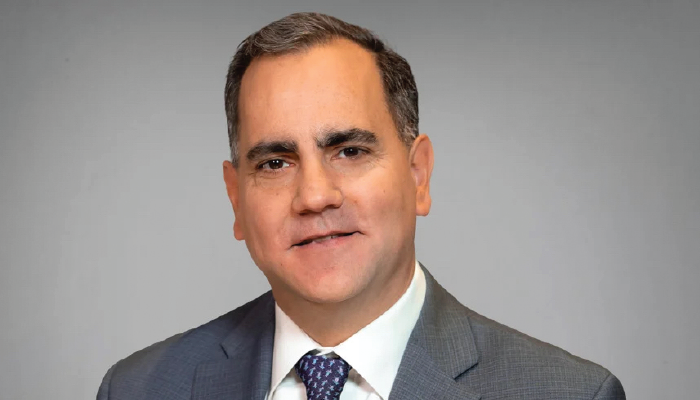
Throughout my career, spanning surgery, research, and life science entrepreneurship, I’ve seen first-hand how deeply we need safer, more effective pain therapies. As a clinician, I understand that opioids may be necessary for severe pain, though their potential for misuse is devastating.
Despite the pressing demand, the innovation pipeline for non-opioid therapeutics remains alarmingly thin. In my experience, the single most critical factor in whether new drug development flourishes or stalls in the US is the level of support provided by the US National Institutes of Health (NIH). Indeed, more than 90 percent of FDA-approved therapies tracing their origins back to NIH-funded research. Crucial early-stage research is often too risky for private investment, making NIH funding indispensable. In fact, history has shown that groundbreaking therapies, from cancer to stroke treatments, often emerge from what initially seems obscure, fundamental scientific inquiries. By investing in high-risk, high-reward research, the NIH lays the foundation for the next generation of medical breakthroughs.
I watch with anticipation as Jay Bhattacharya prepares to take on the leadership of the NIH under the Trump administration. He inherits a scientific landscape undergoing rapid transformation. Emerging breakthroughs – from mRNA-based vaccines to advanced gene-editing tools – have shown how quickly medical revolutions can take hold when scientists are empowered with the resources and freedom to explore bold ideas. Looking ahead, we have an unprecedented opportunity to harness similar innovations to transform the safer treatment of pain.
Realizing this vision, however, will require a dual focus on entrepreneurial thinking and unwavering commitment to fundamental science. I have been fortunate to receive multiple NIH grants (and have two under review), including the 2024 NIH HEAL Director’s Trailblazer Award for developing a novel non-opioid analgesic. Through that journey, I’ve seen how an agile, well-supported NIH can drive innovation. Streamlining grant processes to eliminate redundancies could significantly accelerate the transition from laboratory discovery to clinical testing. A fresh look at indirect cost reimbursements is also vital – robust research infrastructure doesn’t exist in a vacuum. Undermining these critical funds risks stalling transformative advancements not just in pain, but across the fields of cancer, stroke, and beyond.
At the same time, entrepreneurial thinking should be woven into the NIH’s future and fostering stronger private-public partnerships will be essential. Targeted seed funding for promising therapeutics, expanded translational research programs, and closer collaboration between the NIH, academia, and industry can ensure that life-changing discoveries actually reach the bedside, bridging the gap between discovery and real-world impact. By leveraging the unique strengths of each sector, we can develop not just one new therapy, but a whole slate of non-opioid options that attack pain through diverse mechanisms – precisely what we need to tackle conditions spanning acute surgical pain, chronic back pain, neuropathic disorders, and more.
Ultimately, the goal is straightforward: better outcomes for patients facing debilitating acute, chronic, and neuropathic pain, with fewer risks of addiction, overdose, and harmful side effects. Achieving this will depend on how effectively NIH balances bold scientific exploration with a forward-thinking approach to drug development. By honoring its legacy and embracing this challenge, the NIH can supercharge the quest for multiple, safer, non-opioid pain candidates and we stand poised to deliver a medical breakthrough on par with many of the most significant innovations in our nation’s history – redefining pain treatment and offering real hope to the millions who desperately need it.




